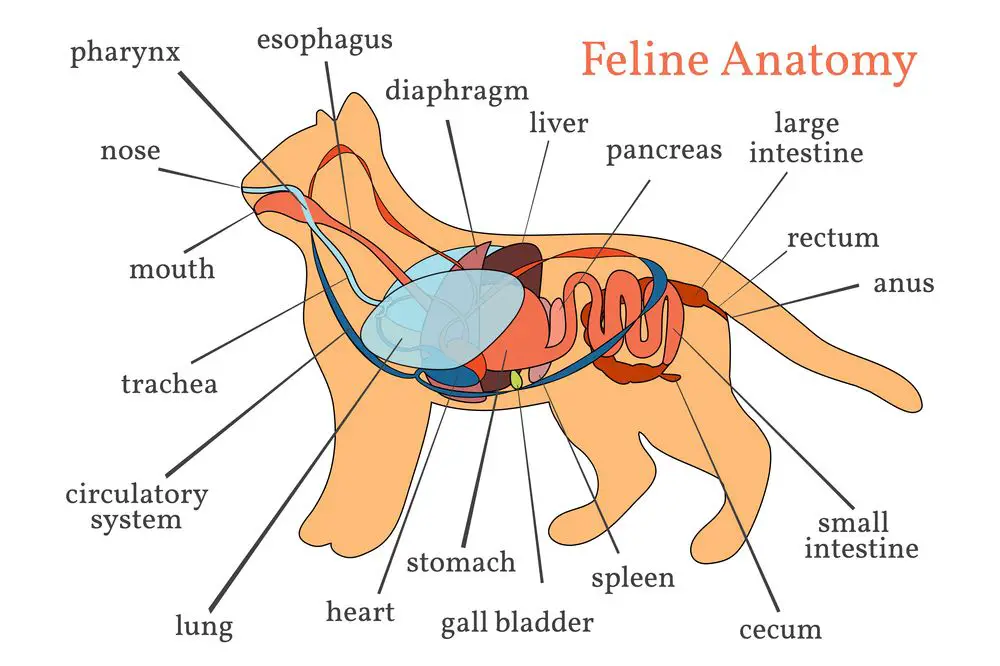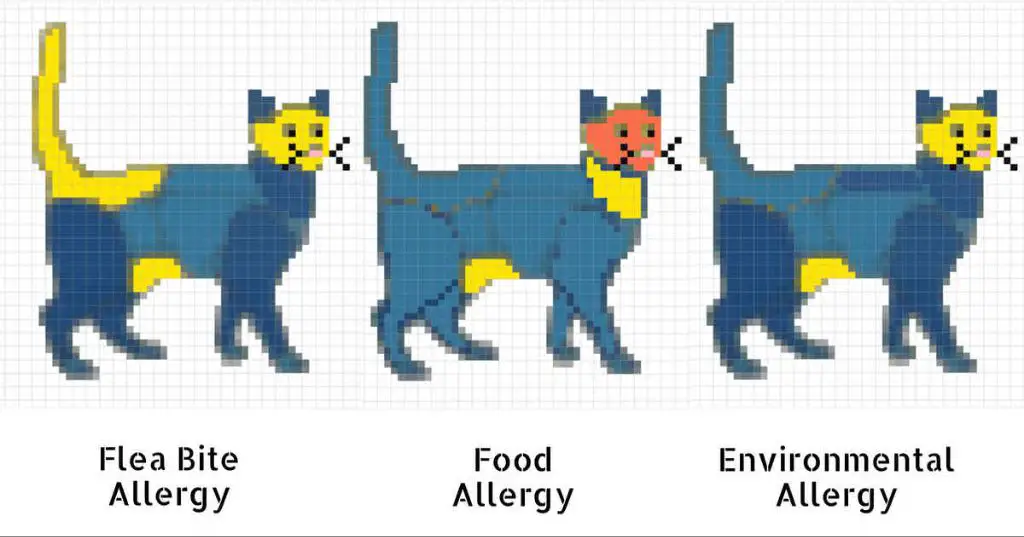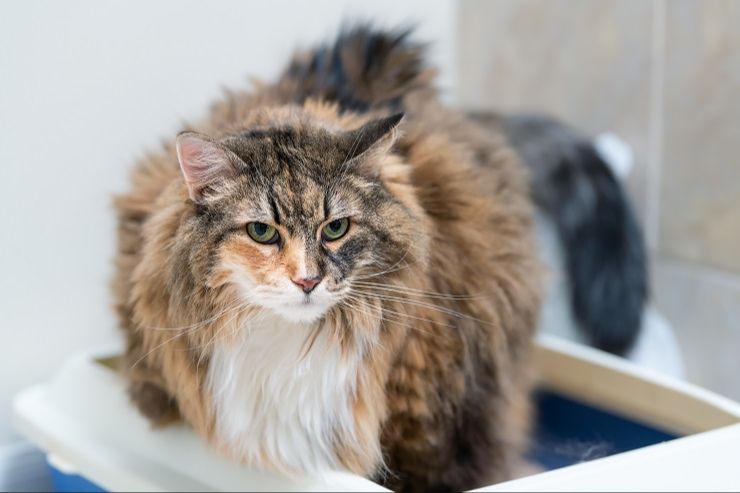Cat farts. We’ve all heard them, but many wonder – do cat farts really make any noise at all? While not an in-depth philosophical question, it is certainly something that perplexes cat owners. According to one survey, 74% of cat owners report hearing their feline companions pass gas audibly at least occasionally. However, the other 26% claim they’ve never heard a peep from their cat’s behind.
This conundrum has led to heated debate among cat lovers. Are cat farts actually silent, or do some just have stealthier techniques? In this article, we’ll explore the anatomy, causes, and signs of flatulence in cats. We’ll uncover reasons why some cats have noisier farts than others, dispel common myths, and provide actionable tips for concerned pet parents.
Let’s break through the mystery surrounding this cheeky topic – do cat farts make noise or not?
What is a Fart?
A fart, also known as flatulence or gas, is the release of intestinal gas through the anus. This gas builds up in the digestive system as a normal byproduct of digesting food. According to Healthline, “Gases that build up in your large intestine include hydrogen, carbon dioxide, and methane. These come from the breakdown of carbohydrates and other nutrients by gut bacteria.”
When you swallow food or liquids, you also swallow small amounts of air. This air gets mixed in with the gases produced during digestion, and eventually needs to be released. As the gastrointestinal tract contracts to move food along, the gases are squeezed together, causing pressure to build up. The anal sphincter (muscular valve that controls the release of gas from the anus) eventually relaxes, allowing the gas to escape from the body as a fart.
While farts sometimes have an unpleasant odor, passing gas is a natural and necessary bodily function. The composition of farts includes nitrogen, oxygen, carbon dioxide, hydrogen, and methane. Farting helps your body eliminate waste gases that would otherwise build up and cause discomfort if left inside.
Anatomy of a Cat’s Digestive System

A cat’s gastrointestinal (GI) tract plays an important role in digestion and is also where gas and flatulence originates. The main parts of a cat’s digestive system include the mouth, esophagus, stomach, small intestine, and large intestine (Source). In the mouth, cats have sharp teeth for chewing and breaking down food. The esophagus moves food to the stomach where digestive enzymes help break down food further. From the stomach, food passes to the small intestine where most nutrient absorption occurs. The large intestine absorbs extra water from food and compacts waste into feces. Gas and flatulence are normal byproducts from the microbial fermentation of undigested food in the large intestine.
Causes of Flatulence in Cats
There are several potential causes of flatulence in cats:
Diet
Cats’ diets can directly impact gas levels. Eating too quickly and swallowing air can cause flatulence. Diets high in fiber, dairy, soy, grains, and beans may also lead to gas, as cats have difficulty digesting these ingredients. Sudden diet changes or spoiled food could also upset a cat’s digestive system and cause gas.
Swallowing Air
Cats naturally swallow air when eating or grooming themselves, which gets trapped in the digestive system. Stress or anxiety may also cause a cat to swallow excess air and contribute to flatulence. This is one of the most common causes of feline gas.
Health Conditions
Certain health conditions like inflammatory bowel disease, food allergies, intolerances, parasitism, pancreatitis, cancer, and other gastrointestinal issues can lead to flatulence in cats. These conditions irritate the digestive tract and may alter gut bacteria, resulting in excess gas.
Problems like constipation or obstructed anal glands can also prevent cats from passing gas normally. Bacteria imbalances and infections like giardia may also produce intestinal gas. It’s important to have a vet examine any persistent gas issues.
Do Cats’ Farts Make Noise?

The answer to whether cats’ farts make noise largely depends on the composition of the gas being passed. Cats’ farts are often silent because they contain little to no methane gas, which creates the sound in human flatulence. Unlike humans who produce methane as a byproduct of digesting plant material, cats are obligate carnivores and their diet contains very little fiber or complex carbohydrates. This means cats produce less gas from fermentation by gut bacteria compared to humans.1
However, some cat owners do report hearing their cats pass audible gas on occasion. This may occur when cats swallow air while eating or grooming, which then passes through the digestive tract. The sound results from air turbulence, not methane production. Cats can also make farting noises by purposely contracting their anal sphincters and forcing out trapped air. So while cats’ farts are often silent, they are physically capable of letting out noisy ones once in a while!
Other Ways Cats Pass Gas
In addition to farting, cats can also pass gas in other ways. Some other signs of flatulence in cats include:
Burping
Cats can burp or belch as a way to release gas from their digestive tract. Typically, cat burps don’t have much of an odor. Frequent burping could indicate that a cat is swallowing too much air or eating their food too quickly.
Bloating
Excess gas buildup in a cat’s GI tract can lead to a distended or bloated belly. This happens when the gas gets trapped and cannot find an easy escape. Gentle belly massages can help encourage the gas to pass. If bloating persists, see your vet.
Overall, while farting tends to be the most notable sign of flatulence in cats, other symptoms like burping and bloating can also indicate that a cat is gassy. Paying attention to these subtle signs can help you determine if your cat needs digestive support.
Signs Your Cat Has Gas
There are some telltale signs that your cat may be experiencing gas or flatulence. These signs can be behavioral or physical in nature.

Some of the most common behavioral signs include:
- Excessive licking or biting at their hindquarters
- Looking back at their bottom area frequently
- Repeated scooting motions across the floor
- Excessive grooming behaviors
- Restlessness or discomfort
- Hiding or anti-social behavior
In terms of physical signs, you may notice:
- A distended or hard belly
- Gurgling sounds coming from their abdomen
- Passing gas frequently
- Very smelly farts
If your cat is displaying any of these signs regularly, it could indicate an issue with gas buildup or flatulence that should be addressed. Contact your veterinarian if the signs persist or worsen. A change in diet or probiotics may help manage excessive gas.
Managing Feline Flatulence
There are several ways to help manage and reduce flatulence in cats:
- Make dietary changes – Gradually transition your cat to a high-quality diet designed for digestive health, with ingredients that are highly digestible. Avoid foods with excessive fillers.
- Increase exercise – Get your cat moving more, as an inactive lifestyle can contribute to gas. Increase playtime and incorporate more activity into their daily routine.
- Consider probiotics – Probiotic supplements can help promote healthy gut flora and digestion. Consult your vet on an appropriate probiotic for your cat.
- Discuss medications – For recurring flatulence, your vet may recommend medications to help reduce gas, such as simethicone or activated charcoal. Only give medication prescribed by your vet.
- Identify and treat underlying conditions – Manage any underlying illness or disease contributing to excessive gas, such as pancreatitis, inflammatory bowel disease, or food allergies.
Making dietary adjustments, increasing exercise, and consulting your vet on probiotics or medication can all help reduce flatulence. Identifying and properly treating any illness causing excessive gas is also important. With a multifaceted approach, you can get your cat’s flatulence under control.
When to See the Vet
While passing gas is normal for cats, excessive or foul-smelling flatulence can indicate an underlying health issue. According to WebMD, you should take your cat to the veterinarian if they are experiencing any of the following symptoms:
- Increased frequency of flatulence
- Very foul-smelling gas
- Straining or difficulty defecating
- Loss of appetite
- Vomiting or diarrhea
- Abdominal pain or distension
Excessive gas can point to issues like inflammatory bowel disease, pancreatitis, intestinal parasites, or even cancer. It’s important to get an accurate diagnosis and treatment plan from your vet. Tests like bloodwork, fecal exams, x-rays, or endoscopy may be necessary.
If your cat shows signs of being in pain, is very lethargic, or has a bloated abdomen along with increased flatulence, seek emergency veterinary care right away. These can indicate a potentially life-threatening condition like a gastrointestinal obstruction or perforation needing immediate treatment.
While farting itself isn’t dangerous for your cat, do pay attention to any accompanying symptoms. Frequent, foul, or excessive flatulence warrants a trip to the vet. With treatment of the underlying cause, your cat’s flatulence should resolve and their health improve.
Farting Cats: Final Thoughts
In summary, while cat farts are often silent, they can sometimes make soft noises. Flatulence is normal in cats and is typically caused by swallowed air, changes in diet, or gastrointestinal issues. Most cat farts are harmless, but excessive gas or diarrhea could signal an underlying health problem.
Some interesting facts about feline flatulence: cats don’t fart as often as humans or dogs, but their farts smell worse! The odor comes from sulfur produced by gut bacteria as they digest food. Since cats are so fastidious about cleaning themselves, traces of stinky cat fart can get trapped in their fur.

While cat farts can be smelly and embarrassing for owners, they show that your kitty’s digestive system is working properly! A happy, farting cat is better than one with constipation or intestinal blockages. As long as your cat is acting normal otherwise, occasional gas is nothing to worry about. Just enjoy your feline’s natural charms, quirks and all!

